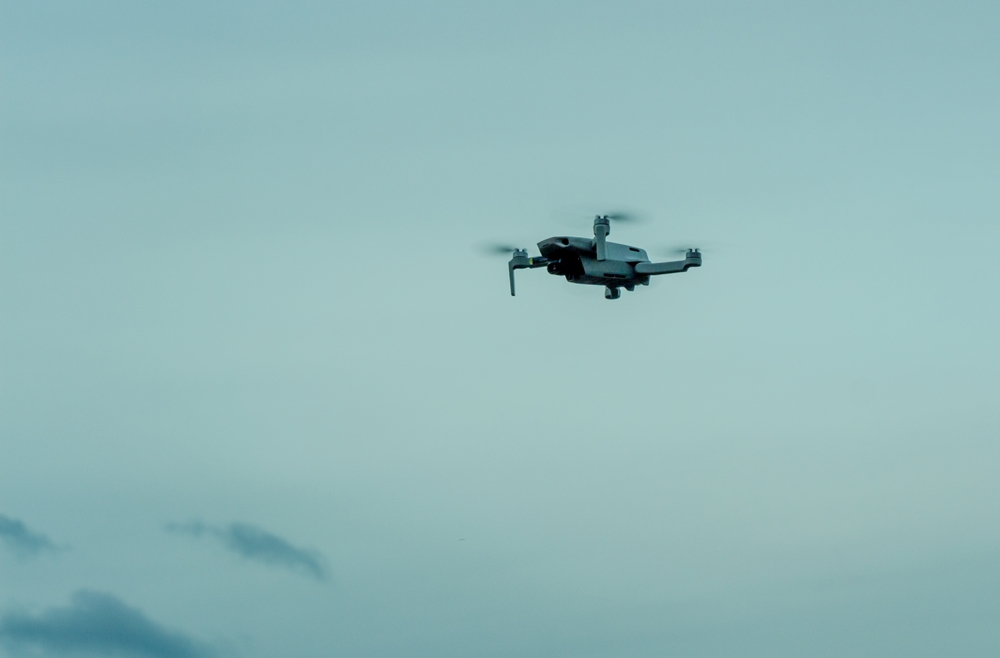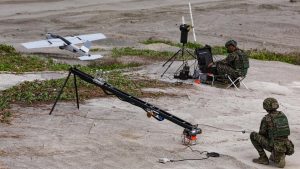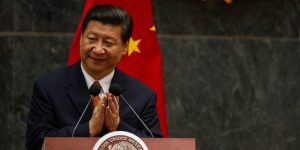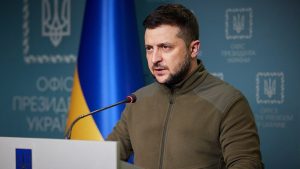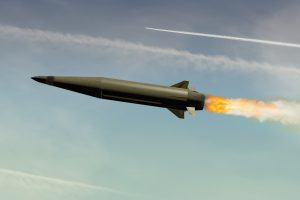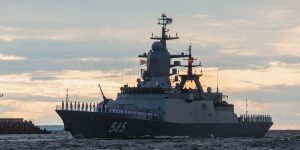Artificial Intelligence Joins the Fight Against Landmines in Ukraine
Others are reading now
Farming is essential for feeding the world. But in Ukraine, large areas of farmland are now dangerous because of landmines left behind by war.
Farmers face a massive challenge. They cannot safely work their fields, and the country has already lost billions in crops, reports the Kyiv Independent.
Clearing these explosives is slow and expensive, but new technology may offer a solution.
AI company Safe Pro Group has signed a multi-year agreement with Ukrainian agricultural company Nibulon.
Also read
Together, they will use AI-powered drones to detect landmines on farmland. The technology will make the process faster and more efficient. BusinessWire reported on Jan. 31 that over 139,300 square kilometers of Ukrainian land may be contaminated with explosives.
Clearing this land is expected to take more than a decade and cost $35 billion.
Safe Pro’s SpotlightAI platform will play a key role. The system, hosted on Amazon Web Services, uses artificial intelligence to analyze drone images and detect explosive remnants.
So far, it has processed more than 931,000 images, identifying over 18,000 explosive devices across 10,500 acres.
This speeds up the work of demining teams and helps them focus on the most dangerous areas first.
War has already caused major problems for Ukrainian agriculture. The loss of farmland has led to $2 billion in lost crops.
Nibulon, headquartered in Mykolaiv, is one of Ukraine’s most important agricultural companies. It exports wheat, barley, and corn.
The company also owns a fleet of transport ships and a shipyard, making it unique in the sector.
Ukraine is now considered the most heavily mined country in the world. The presence of these hidden dangers threatens both farmers and the country’s economy.
Traditional mine-clearing methods are slow and costly, but AI-powered drones could change that.
By using artificial intelligence, the partnership between Safe Pro and Nibulon may help speed up the process.
The goal is to make farmland safe again, allowing farmers to return to their fields.
If successful, this approach could serve as a model for other war-affected regions facing similar challenges.

